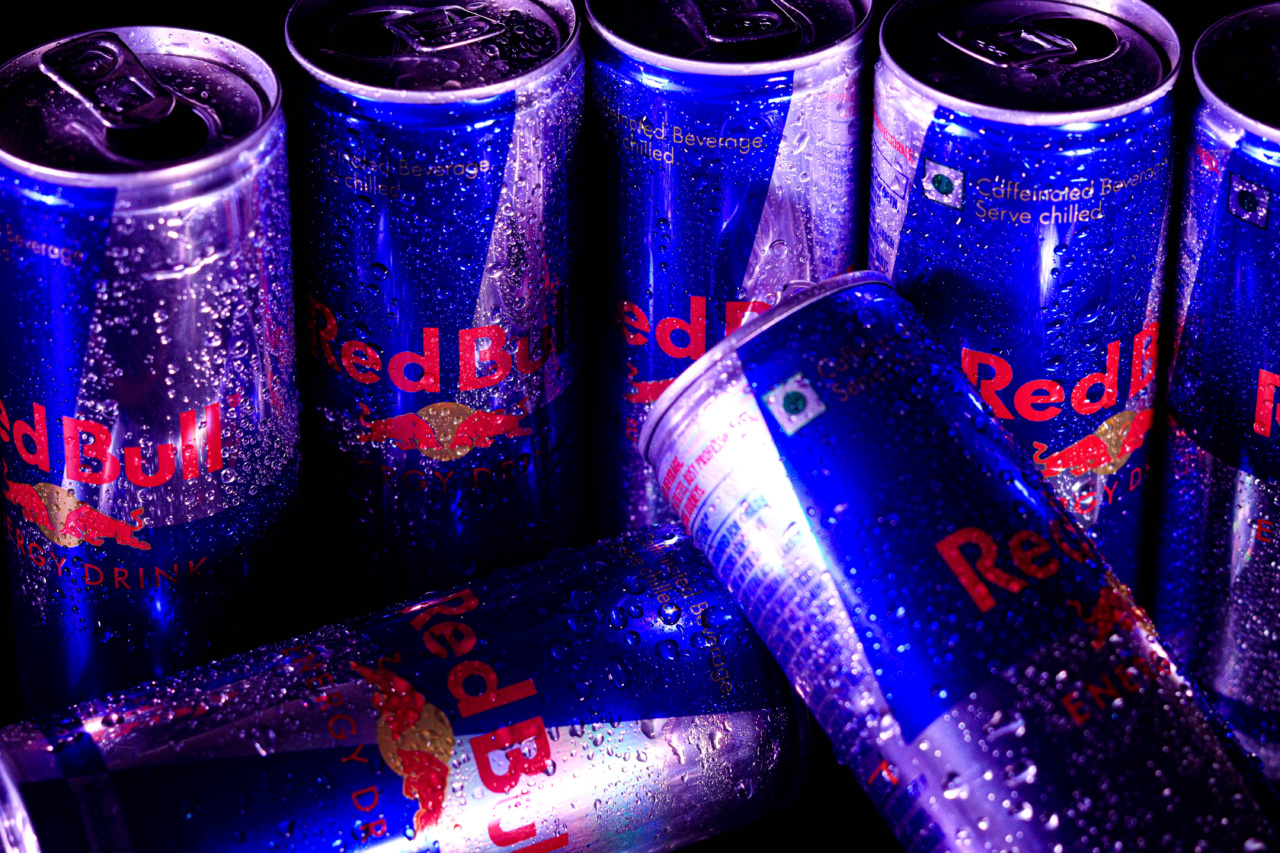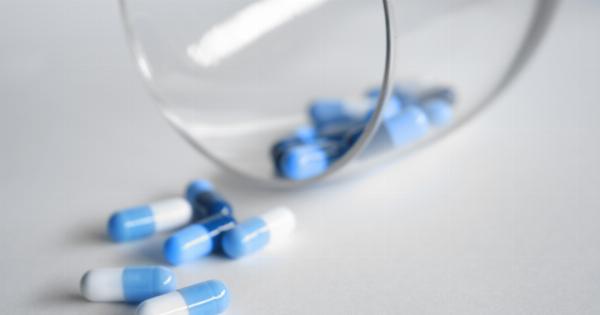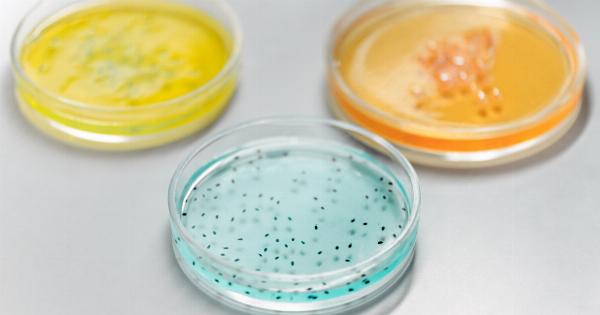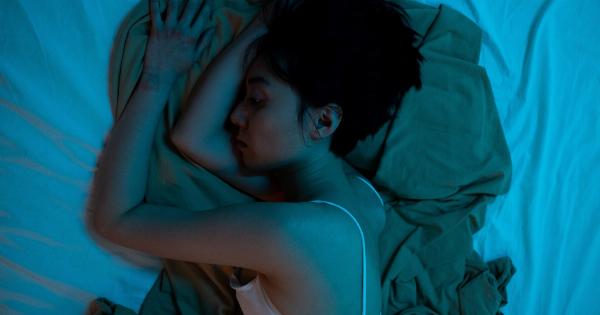Alcohol dependency is a widespread problem that affects millions of individuals worldwide.
It is a chronic disease characterized by an uncontrollable and compulsive need to consume alcohol, leading to negative physical, emotional, and social consequences. Traditional treatment methods for alcohol dependency include therapy, counseling, support groups, and medication. However, advancements in technology have introduced new methods for addressing this condition.
One such innovation is laser technology, which holds the potential to revolutionize the treatment of alcohol dependency.
Laser and Addiction
Laser technology is widely known for its therapeutic and medical applications. Low-level laser therapy (LLLT), also known as cold laser therapy, has been used for pain management, wound healing, and various other medical conditions.
In recent years, researchers have begun exploring the potential of laser therapy in treating addiction, including alcohol dependency.
The Science Behind Laser Therapy
Laser therapy works by applying specific wavelengths of light to targeted areas of the body. This light energy is absorbed by the cells and triggers various biochemical reactions, ultimately leading to physiological changes.
In the case of alcohol dependency, laser therapy aims to stimulate specific areas of the brain responsible for addiction and cravings.
Reducing Cravings
Cravings are a significant challenge for individuals struggling with alcohol dependency. Laser therapy can help reduce cravings by targeting the brain’s reward center.
By stimulating specific neurons and promoting the release of endorphins, laser therapy helps to mitigate the intense desire for alcohol.
Enhancing Neurotransmitter Balance
Alcohol dependency often disrupts the balance of neurotransmitters in the brain. Neurotransmitters are chemical messengers that transmit signals between nerve cells.
Through laser therapy, researchers are aiming to restore the proper balance of neurotransmitters, such as dopamine and serotonin, which play crucial roles in regulating mood and behavior.
Addressing Underlying Mental Health Issues
Mental health conditions, such as anxiety and depression, often coexist with alcohol dependency. Laser therapy can be used in conjunction with traditional treatment methods to address these underlying issues.
By targeting specific brain regions associated with mood regulation, laser therapy aims to alleviate symptoms of co-occurring mental health disorders.
Increasing Brain Repair and Function
Excessive alcohol consumption can lead to brain damage and cognitive impairments. Laser therapy has shown promise in promoting neuroregeneration and facilitating brain repair.
The light energy delivered through laser therapy stimulates cellular activity, leading to improved brain function.
Combining Laser Therapy with Traditional Treatment
While laser therapy holds great potential, it is important to note that it should not be viewed as a standalone treatment for alcohol dependency. Instead, it can be used in conjunction with traditional treatment methods to enhance outcomes.
Laser therapy can complement therapy sessions, counseling, and support groups by addressing the physiological aspects of addiction.
Benefits of Laser Therapy for Alcohol Dependency
Laser therapy offers several advantages in the treatment of alcohol dependency:.
1. Non-Invasive
Laser therapy is a non-invasive procedure that does not require any surgical incisions or invasive techniques. This makes it an attractive option for individuals seeking alternative treatments without significant side effects or risks.
2. Pain-Free
The procedure itself is pain-free and generally well-tolerated. The laser device emits a gentle, warm sensation during the therapy session, providing a comfortable experience for the patient.
3. No Medications
Laser therapy does not involve the use of medications, reducing the potential for drug interactions or side effects commonly associated with pharmacological interventions.
4. Minimal Downtime
Unlike certain surgical procedures or inpatient rehabilitation programs, laser therapy for alcohol dependency requires minimal downtime. Patients can typically resume their daily activities immediately after the session.
5. Potential for Personalization
Laser therapy can be tailored to the individual’s specific needs. Treatment parameters, such as laser intensity, duration, and frequency, can be adjusted based on the severity of the addiction and the patient’s response.
Considerations and Future Developments
Although laser therapy shows promise as a complementary treatment for alcohol dependency, there are a few considerations and future developments to keep in mind.
To ensure the effectiveness of laser therapy, it is essential to seek treatment from trained and qualified professionals.
Additionally, further research is needed to optimize treatment protocols and determine the long-term effects and benefits of laser therapy for alcohol dependency.
Conclusion
Laser technology holds the potential to revolutionize the treatment of alcohol dependency.
By specifically targeting the brain regions responsible for addiction and cravings, laser therapy offers a non-invasive, pain-free, and medication-free approach to complement traditional treatment methods. As more research is conducted, laser therapy may become a widely accepted and effective treatment option for individuals struggling with alcohol dependency.






























